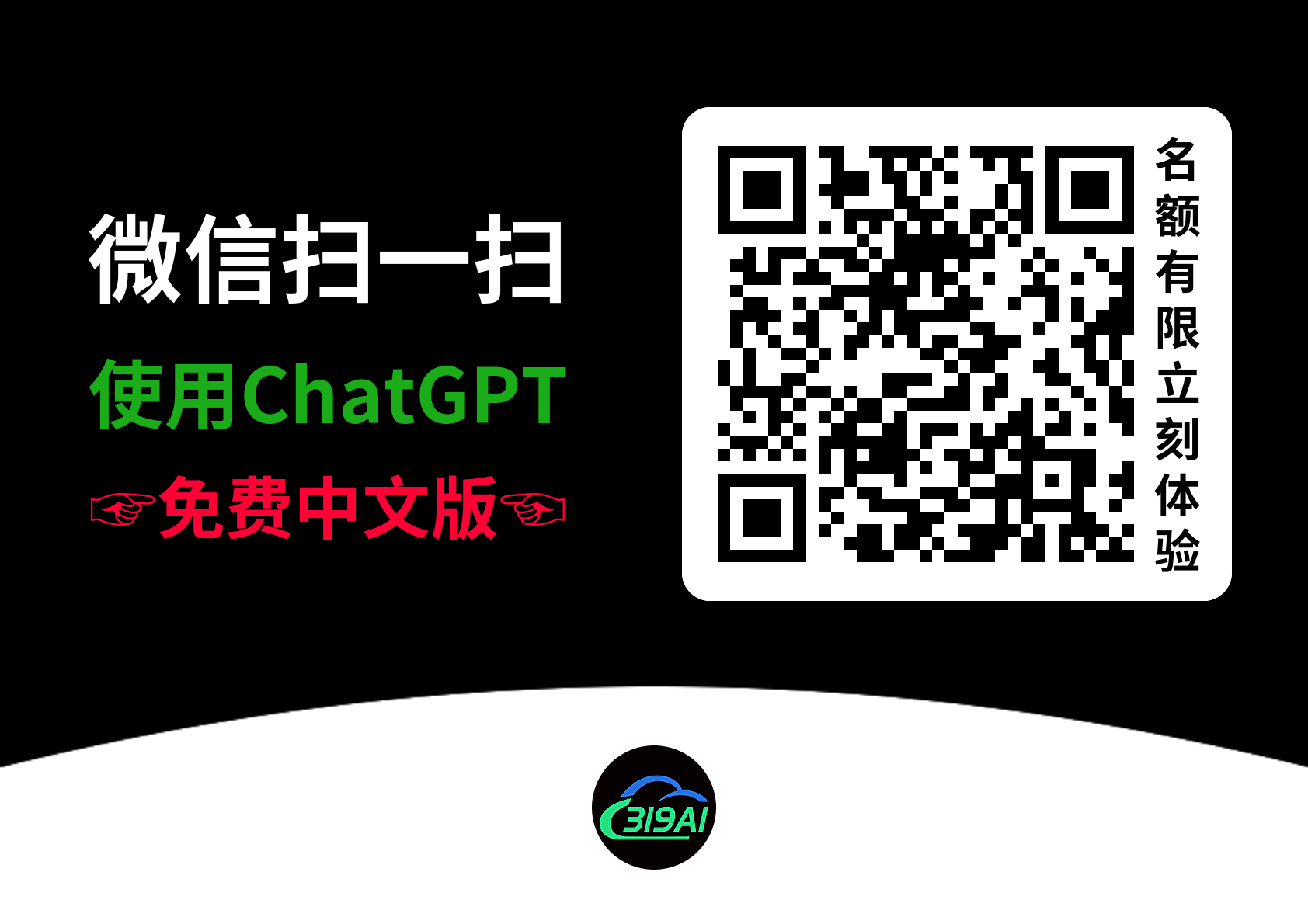Flow 是一个强大的处理异步数据流的库,尤其是在 开发中。了解和掌握常用的 Flow 操作符能使我们编写更高效且可维护的代码。本文将介绍 几个必须了解的 Flow 操作符。
1.map作用
map操作符用于对流中的每个元素进行转换。它类似于其他编程语言中的map函数,但适用于 Flow。
使用示例
import kotlinx.coroutines.*
import kotlinx.coroutines.flow.*
data class Product(val name: String, val priceInCents: Int)
fun getProducts(): Flow = flow {
// Simulating an API call returning products with prices in cents
emit(Product("Product A", 4999)) // $49.99
emit(Product("Product B", 999)) // $9.99
emit(Product("Product C", 2999)) // $29.99
}
fun main() = runBlocking {
getProducts()
.map { product ->
// Convert price from cents to dollars
product.copy(priceInCents = product.priceInCents / 100)
}
.collect { product ->
println("${product.name} costs $${product.priceInCents}")
}
}Product A costs $49
Product B costs $9
Product C costs $292.作用
操作符用于对流中的元素进行过滤,仅保留满足条件的元素。
使用示例
import kotlinx.coroutines.flow.*
import kotlinx.coroutines.runBlocking
fun main() = runBlocking {
getProducts()
.filter { product ->
// Only allow products priced above $20 (i.e., 2000 cents)
product.priceInCents > 2000
}
.collect { product ->
println("${product.name} costs $${product.priceInCents / 100}")
}
}
/**
Product A costs $49
Product C costs $29
**/3.zip&作用
zip操作符用于将两个流的元素组合成一个流。它将两个流中的对应元素打包成一个Pair。
操作符类似于zip,但它在一个流中的任何元素发生变化时都会发出新的组合结果。
使用示例
import kotlinx.coroutines.flow.*
import kotlinx.coroutines.runBlocking
fun main() = runBlocking {
val flow1 = flowOf(1, 2, 3)
val flow2 = flowOf("A", "B", "C")
flow1.zip(flow2) { a, b -> "$a -> $b" }
.collect { value -> println(value) } // 输出: 1 -> A, 2 -> B, 3 -> C
flow1.combine(flow2) { a, b -> "$a -> $b" }
.collect { value -> println(value) }
}4.作用
运算符在您想要减少由用户输入触发的操作频率的用户界面中特别有用。它可以应用于搜索栏、自动建议、过滤列表以及任何您希望等待用户完成输入后再执行操作的场景,从而增强性能和用户体验。
使用示例
有一个搜索输入,仅在用户停止输入一小段时间(例如 300 毫秒)后才获取搜索结果。
import kotlinx.coroutines.*
import kotlinx.coroutines.flow.*
fun search(query: String): Flow<List> = flow {
// Simulating an API call to fetch search results based on the query
delay(500) // Simulating network delay
emit(listOf("Result 1 for $query", "Result 2 for $query", "Result 3 for $query"))
}
fun main() = runBlocking {
val searchQueryFlow = MutableSharedFlow()
// Launching a coroutine to simulate user input
launch {
listOf("Kotlin", "Kotlin F", "Kotlin Fl", "Kotlin Flo", "Kotlin Flow").forEach { query ->
searchQueryFlow.emit(query)
delay(100) // Simulating time between user inputs
}
}
// Collecting the search results with debounce
searchQueryFlow
.debounce(300) // Wait for 300 milliseconds after the last input
.flatMapLatest { query ->
// Fetch search results for the latest query
search(query)
}
.collect { results ->
println("Search results: $results")
}
}
/**
Search results: [Result 1 for Kotlin Flow, Result 2 for Kotlin Flow, Result 3 for Kotlin Flow]
**/6.作用
操作符首先对每个元素应用变换函数,将其转换为流,然后按顺序将这些流连接成一个新的流。
使用示例
import kotlinx.coroutines.flow.*
import kotlinx.coroutines.runBlocking
data class Product(val name: String, val priceInCents: Int)
data class Review(val productName: String, val rating: Int, val comment: String)
fun getProducts(): Flow = flow {
// Simulating an API call returning products with prices in cents
emit(Product("Product A", 4999)) // $49.99
emit(Product("Product B", 999)) // $9.99
emit(Product("Product C", 2999)) // $29.99
}
fun getReviews(product: Product): Flow = flow {
delay(100) // Simulating network delay
emit(Review(product.name, 5, "Excellent!"))
emit(Review(product.name, 4, "Very good!"))
}
fun main() = runBlocking {
getProducts()
.flatMapConcat { product ->
// For each product, fetch the reviews
getReviews(product)
}
.collect { review ->
println("Review for ${review.productName}: ${review.rating} stars - ${review.comment}")
}
}
/**
Review for Product A: 5 stars - Excellent!
Review for Product A: 4 stars - Very good!
Review for Product B: 5 stars - Excellent!
Review for Product B: 4 stars - Very good!
Review for Product C: 5 stars - Excellent!
Review for Product C: 4 stars - Very good!
**/6.作用
运算符还合并多个 Flow,但它是同时执行的,而不是顺序执行的。当要同时执行多个异步操作而无需等待每个操作完成后再开始下一个操作时,使用非常有用。
使用示例
这在获取评论、用户评论或多个项目的任何其他相关数据、提高响应能力并减少用户的总体等待时间等情况下特别有用。
import kotlinx.coroutines.*
import kotlinx.coroutines.flow.*
data class Product(val name: String, val priceInCents: Int)
data class Review(val productName: String, val rating: Int, val comment: String)
fun getProducts(): Flow = flow {
// Simulating an API call returning products with prices in cents
emit(Product("Product A", 4999)) // $49.99
emit(Product("Product B", 999)) // $9.99
emit(Product("Product C", 2999)) // $29.99
}
fun getReviews(product: Product): Flow = flow {
delay(100) // Simulating network delay
emit(Review(product.name, 5, "Excellent!"))
emit(Review(product.name, 4, "Very good!"))
}
fun main() = runBlocking {
getProducts()
.flatMapMerge { product ->
// For each product, fetch the reviews concurrently
getReviews(product)
}
.collect { review ->
println("Review for ${review.productName}: ${review.rating} stars - ${review.comment}")
}
}7.catch&retry作用
catch操作符用于处理流中的异常, 捕获并处理在流可能发生的错误。
retry运算符对于使应用程序对临时网络问题更具弹性特别有用。例如,它可以用于依赖远程数据获取的应用程序,例如天气应用程序、新闻聚合器或社交媒体平台,以确保即使网络连接短暂中断,用户仍然可以收到相关数据。这可以最大限度地减少暂时性故障造成的中断,从而增强用户体验。
使用示例
import kotlinx.coroutines.*
import kotlinx.coroutines.flow.*
fun fetchUserData(): Flow = flow {
// Simulating a network request
delay(300) // Simulating network delay
// Simulating a failure scenario
throw Exception("Network error")
}.retry(3) // Retry the flow up to 3 times on failure
fun main() = runBlocking {
fetchUserData()
.onEach { userData ->
println("Received user data: $userData")
}
.catch { e ->
// Handle the error after exhausting retries
println("Failed to fetch user data: ${e.message}")
}
.collect()
}结论
掌握这些常用的 Flow 操作符,可以帮助你处理异步数据流,编写高效的响应式代码。这些操作符能够覆盖大多数常见的数据处理需求,是每个 开发者应该掌握的重要工具。


发表回复